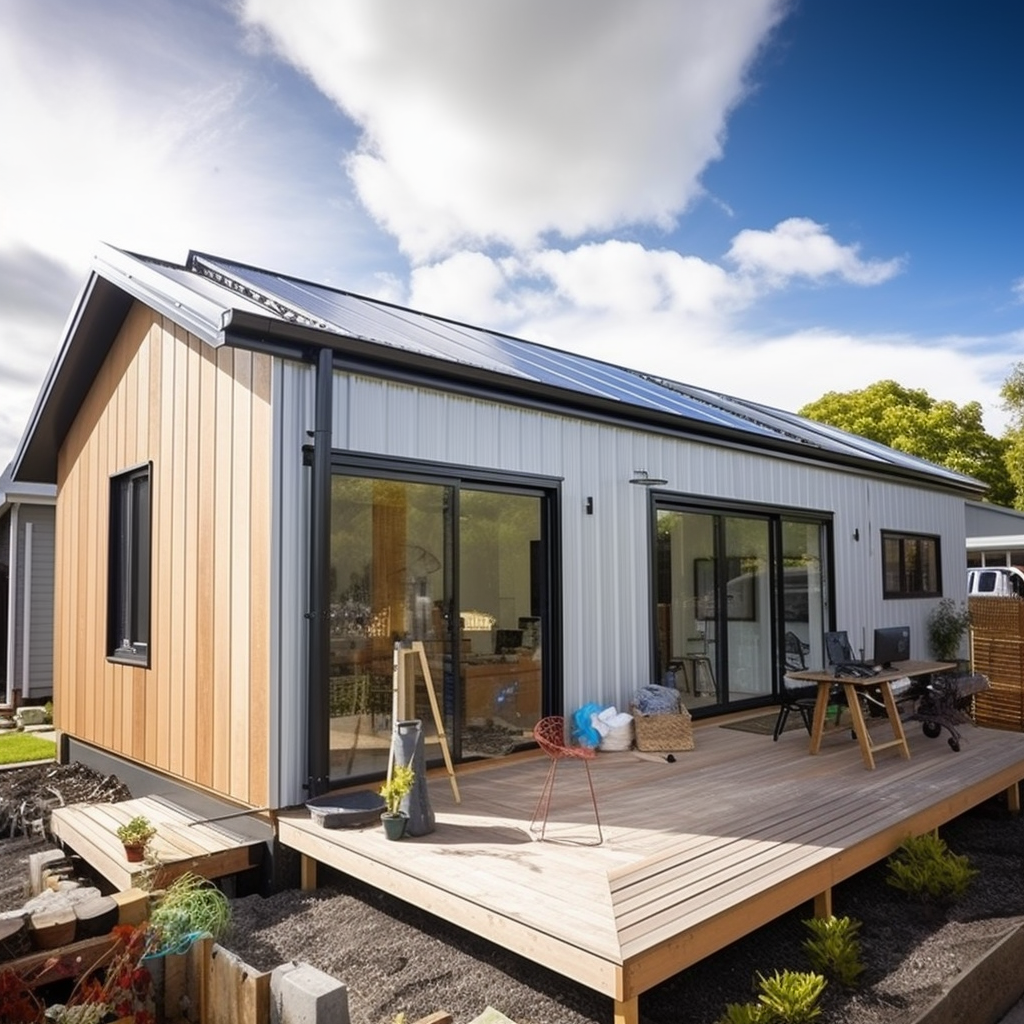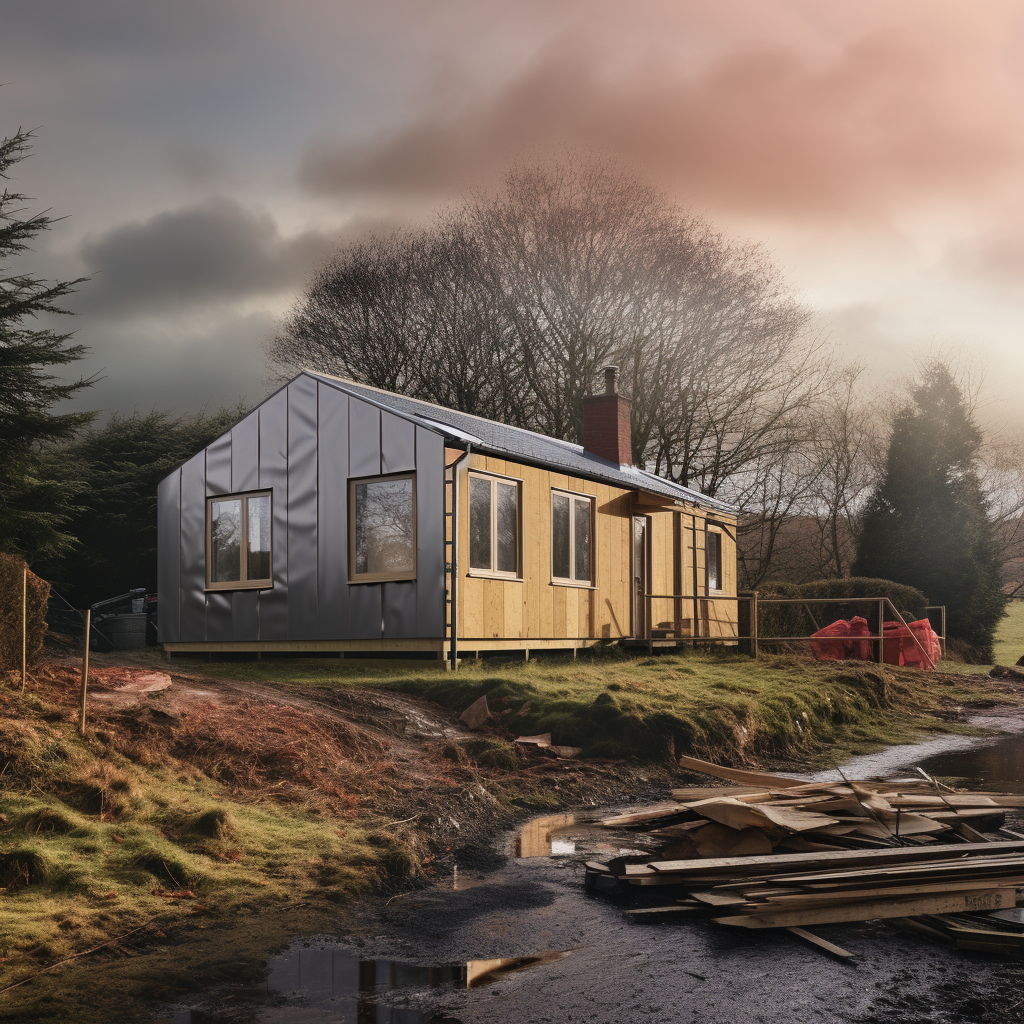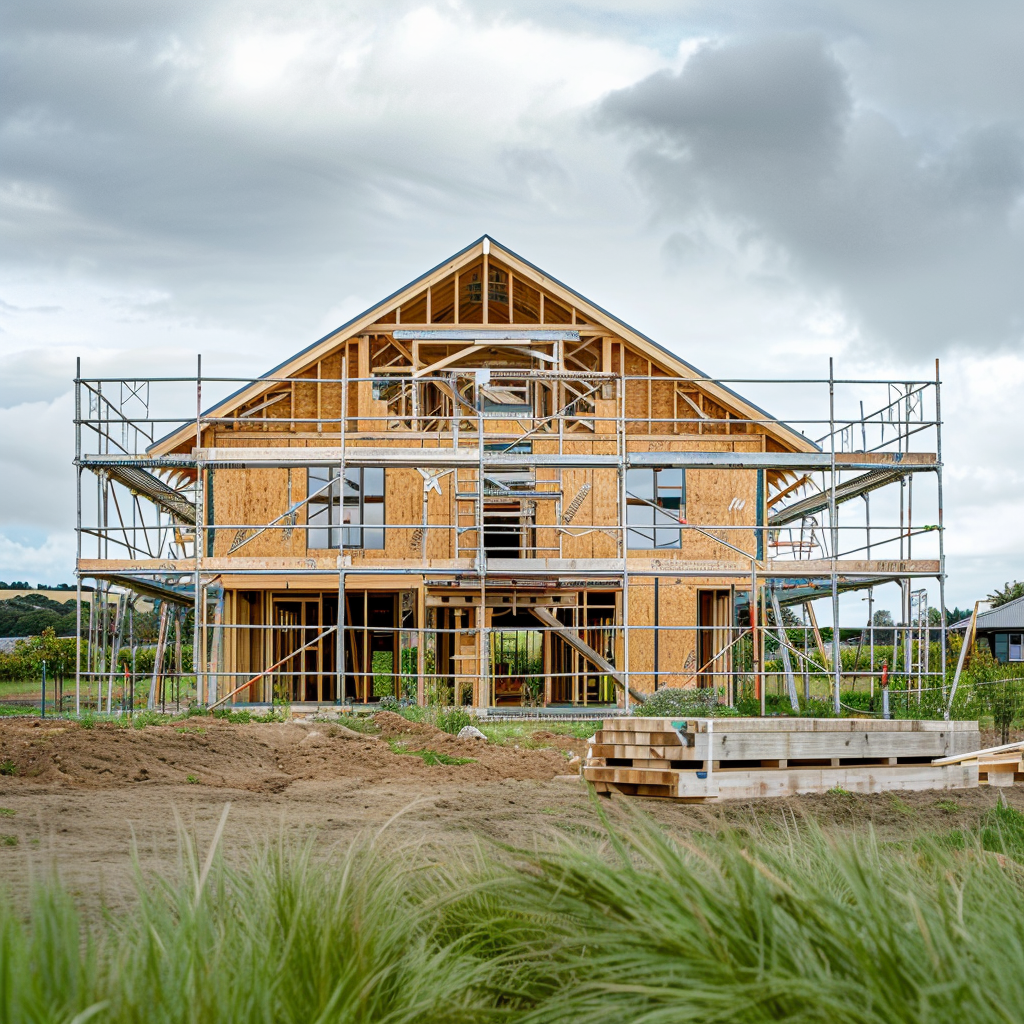Insulation Types in the New Zealand Market
Navigating through the myriad of insulation options available in Aotearoa can be quite the endeavour. With a focus on providing comfort during our nippy winters and keeping homes cool during the scorching summers, selecting the right insulation is paramount for Kiwis. This article delves into the various insulation types that are making waves in the New Zealand market, taking into account their effectiveness, cost, and how they stand up against our unique climate.
Glass Wool Insulation: A Favourite for Kiwi Homes
Glass wool insulation, a well-regarded material in the realm of home construction and renovation, is a common choice amongst New Zealand homeowners. Known for its remarkable thermal efficiency, it plays a pivotal role in maintaining comfortable temperatures within homes across the seasons.
Crafted from a blend of recycled glass and sand, glass wool insulation not only provides effective insulation but also embodies an important commitment to sustainability. This eco-friendly aspect aligns well with New Zealand's strong pursuit of green living practices.
Ease of Installation and Versatility
Glass wool insulation comes in both convenient batts and rolls, making it versatile and user-friendly. Its flexibility allows for installation in various areas around the home:
- Ceilings
- Walls
- Under floors
This ensures comprehensive insulation coverage, creating a cozy living environment.
Durability Factors: Non-combustibility, Rodent Resistance, and Mold Resistance
Moreover, glass wool's non-combustibility makes it a safe choice. It doesn't add fuel to fire incidents, providing an additional layer of safety to your household. Equally relevant is its resistance to uninvited pests such as rodents. As if those weren't enough reasons to consider this material, it also proves resilient against mold - a common issue in many New Zealand homes due to our humid climate.
Important note: Despite these numerous benefits, care must be taken during installation to prevent irritation caused by its fine fibers. Protective gear is recommended.
Glass wool insulation offers an impressive array of benefits - thermal efficiency, environmental friendliness, versatility, and durability. Its few drawbacks can be managed with proper handling and precautions during installation.
Polyester Insulation: The Hypoallergenic Alternative for New Zealand Homes
Increasingly popular amongst Kiwi homeowners, particularly those with allergy or asthma concerns, is polyester insulation. This type of insulation scores high on the health-friendly scale due to its hypoallergenic properties.
Additionally, it's highly resistant to common issues like:
- Moisture
- Pests
Manufactured from recycled PET plastics, polyester insulation doesn't just offer environmental benefits - it also retains its shape well over time and offers impressive longevity. Available in easy-to-install batts or blankets, it's used similarly to glass wool. However, a notable advantage it brings is causing less irritation to installers and occupants.
Polystyrene Insulation: High R-value Efficiency for Heat Retention
In the world of thermal resistance, polystyrene insulation ranks amongst the top. Primarily utilised in underfloor and wall applications, this type of insulation comes in convenient board or foam forms. Expanded polystyrene (EPS) and extruded polystyrene (XPS) are frequently chosen options.
Compared to EPS, XPS has a:
- Higher moisture resistance
- Higher R-value
This makes it a strong contender when it comes to retaining heat within your home - an essential factor considering New Zealand’s varied climate.
Foam Insulation: Precision Sealing for Maximum Energy Efficiency
When precision in sealing gaps is key, foam insulation like spray foam takes the lead. It's renowned for creating an almost impermeable barrier that significantly boosts energy efficiency. While foam insulation might cost more compared to other insulating materials, its effectiveness in irregular spaces where traditional materials may struggle justifies the investment.
Wool Insulation: The Eco-Friendly Choice for Green Living
For homeowners committed to sustainable living, wool insulation is an appealing option. Derived from renewable resources, wool not only provides excellent insulating properties but also naturally manages moisture levels within a space. Despite being pricier than synthetic alternatives, it's an eco-conscious choice that perfectly aligns with green building principles.
Reflective Insulation: An Effective Shield Against Radiant Heat
Reflective foil insulation plays an essential role in defending against New Zealand's intense sun by reflecting radiant heat away from homes. To enhance its effectiveness, it requires an air gap. It's often paired with other forms of insulation to boost overall thermal performance – particularly in roofing applications where sun exposure is at its peak.
Rigid Foam Boards: Specialised Insulation for External Walls
In situations demanding robust insulating properties such as external walls or cladding systems, rigid foam boards are the go-to option. They offer impressive R-values and excellent resistance against moisture. However, due to their specialised nature, these foam boards typically require professional installation to ensure optimal performance.
Crucial Factors to Bear in Mind When Selecting Insulation:
When you're in the process of choosing insulation, there are several key considerations that can influence your decision. Let's delve into these factors:
Performance: R-Value
The R-Value is a crucial determinant when it comes to an insulation material's performance. This measure essentially tells you how effectively a material can resist heat flow. A higher R-Value implies superior insulating performance, making it more efficient at keeping your home warm during colder months and cool during the summer.
Compliance: Meeting Building Code Standards
All insulation materials must comply with the New Zealand Building Code standards. This ensures that they're suitable for our unique climate conditions and can withstand the test of time. Always validate the compliance status of any insulation material you're considering to ensure it adheres to these stringent regulations.
Safety First: Health Risks
Some insulating materials may pose potential health hazards. For instance, certain types of fibre insulation can release small particles into the air, which if inhaled, can lead to respiratory issues. It's vital to consider these potential health risks when choosing your insulation.
Sustainability: Assessing Environmental Impact
When we think about insulation materials, we should also take into account their entire lifecycle - from production through disposal. Some materials may have a lower environmental impact during use but could be harmful when disposed of improperly or have substantial carbon footprints during manufacturing. Consider the overall environmental impact to make a truly sustainable choice.
Affordability: Cost Constraints
Last but not least, budgetary constraints play a significant role in deciding which type of insulation suits your project best. While cost shouldn't be the sole determining factor, it's essential to strike a balance between quality and affordability. Look for solutions that provide good value for money – high performance at an acceptable cost.
Selecting appropriate insulation is no small task in New Zealand’s property landscape. It influences not just the comfort level within our abodes but also their energy consumption and environmental footprint. As we move forward, technological advancements promise more innovative solutions that cater to our specific needs while respecting our environment – ensuring all Kiwis have access to top-notch insulation choices for their homes.






